Introduction: Korean Grammar ‘-았/었다’
Learning Korean grammar can be challenging, but breaking it down into manageable lessons can make it easier. Today, we will explore the grammar pattern ‘-았/었다,’ which is used to express past tense in Korean. This lesson will help you understand and use this form effectively.
Learn Korean with JAEM Korean App: Improve your Korean with our app through free lessons and courses. And also, Join our 4-week challenge program to progress from upper-beginner to master level with Native Korean Coaches.
AI Writing Practice Program: Enhance your writing skills with JAEM TOPIK, our AI-powered practice program. Get personalized feedback and TOPIK tips to elevate your Korean writing.
Our Book: Don’t miss out on our comprehensive book that covers essential Korean language skills and strategies.
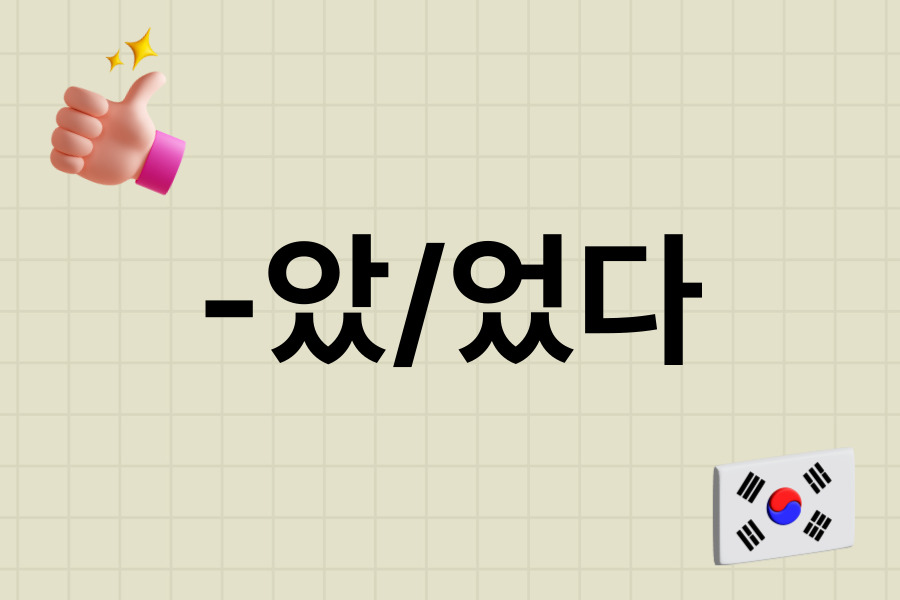
Jump to:
Grammar Explanation
The grammar pattern ‘-았/었다’ is used to express past tense in Korean, similar to the past tense in English. The ending depends on the vowel in the verb stem.
Formation:
- If the stem has a bright vowel (ㅏ or ㅗ), add ‘-았었다.’
- If the stem has a dark vowel (any other vowel), add ‘-었다.’
- If the verb stem ends in 하다, it changes to 했다.
| Verb | Stem | Form | Example Sentence |
|---|---|---|---|
| 가다 (to go) | 가 | 갔다 | 학교에 갔어요 (I went to school) |
| 먹다 (to eat) | 먹 | 먹었다 | 밥을 먹었어요 (I ate a meal) |
| 하다 (to do) | 하 | 했다 | 숙제를 했다 (I did my homework) |
Examples
Verb Examples:
- 보다 (to see)
- 보았다 = Saw
- 영화를 보았어요 = I watched a movie.
- 살다 (to live)
- 살았다 = Lived
- 서울에서 살았어요 = I lived in Seoul.
- 읽다 (to read)
- 읽었다 = Read
- 책을 읽었어요 = I read a book.
- 마시다 (to drink)
- 마셨다 = Drank
- 물을 마셨아요 = I drank water.
Adjective Examples:
- 크다 (big)
- 컸다 = Was big
- 그 집은 컸어요 = That house was big.
- 작다 (small)
- 작았다 = Was small
- 고양이가 작았어요 = The cat was small.
- 좋다 (good)
- 좋았다 = Was good
- 날씨가 좋았어요 = The weather was good.
- 나쁘다 (bad)
- 나빴다 = Was bad
- 기분이 나빴어요 = I felt bad.
Usage in Context
When using ‘-았/었다’ in different contexts, it emphasizes that the action or state occurred in the past.
Everyday Contexts:
- 어제 뭐 했어요? = What did you do yesterday?
- 친구를 만났어요 = I met a friend.
- 주말에 여행을 갔어요 = I went on a trip over the weekend.
- 점심을 먹었어요 = I ate lunch.
Special Occasions:
- 지난 생일에 파티를 열었어요 = I threw a party on my last birthday.
- 휴가 때 바다에 갔어요 = I went to the beach during my vacation.
- 결혼식에 참석했어요 = I attended a wedding.
Cultural Insight: In Korean culture, using the past tense to describe actions or states is essential for clear communication. It helps to indicate that something has already occurred, distinguishing it from present and future events.
Common Mistakes
Common Mistakes:
- Incorrect: 먹었다 (Correct form, but ensure context is clear)
- Correct: 밥을 먹었다 = I ate a meal.
Mistake Explanation: Ensure that the correct form ‘-았/었다’ is used with proper context and particles to convey clear meaning.
Related Grammar Points
Explore these related grammar points to deepen your understanding:
- -고 있었다: To express past continuous actions.
- -던: To indicate past habitual actions or incomplete past actions.
- -았/었을 때: To indicate the time when something happened in the past.
- -았/었더니: To indicate a past action and its result or reaction.
Practice Exercises
Practice Makes Perfect!
- Exercise 1: Conjugate the following verbs in the past tense using ‘-았/었다.’
- 가다 (to go)
- 먹다 (to eat)
- 하다 (to do)
- 보다 (to see)
Answer Key:
- 갔다
- 먹었다
- 했다
- 보았다
- Exercise 2: Create sentences using ‘-았/었다’ for the following situations:
- I watched a movie.
- She lived in Busan.
- They read a book.
- We drank coffee.
Answer Key:
- 영화를 보았어요.
- 그녀는 부산에서 살았어요.
- 그들은 책을 읽었어요.
- 우리는 커피를 마셨어요.
Download the workbook for more exercises and practice.
Summary and Conclusion
Today, we covered the grammar point ‘-았/었다’ and how to use it to express past tense in Korean. This pattern is essential for conveying actions and states that occurred in the past. Continue practicing with our workbook and check out related lessons for more in-depth learning.
If you have any questions or suggestions, feel free to comment below. Happy learning!
Learn Real Korean with JAEM!
Learn Korean with JAEM Korean App: Discover the best way to learn real Korean with our comprehensive app. Enjoy a wide variety of free lessons and courses designed to help you master the language. Also, our unique 4-week challenge program guides you from an upper-beginner level to a master course, all under the guidance of Native Korean Coaches. Whether you’re just starting out or looking to refine your skills, this program offers an effective path to fluency.
AI Korean Writing Practice Program: Take your Korean writing to the next level with JAEM TOPIK, our innovative AI writing practice program. This service provides personalized feedback and practical tips tailored to your learning needs. With a focus on improving your Korean writing, JAEM TOPIK also offers specific strategies for excelling in the TOPIK exam. Benefit from expert insights and targeted advice to enhance your proficiency and confidence in writing.
Our Book: Additionally, explore our comprehensive book that covers essential Korean language skills and strategies. This valuable resource complements our app and AI program, providing a holistic approach to mastering Korean.
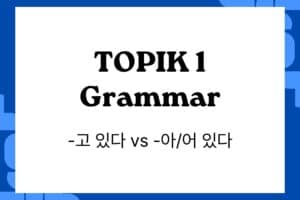
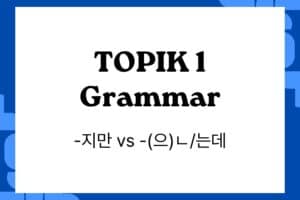
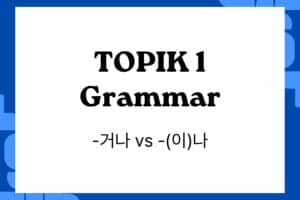
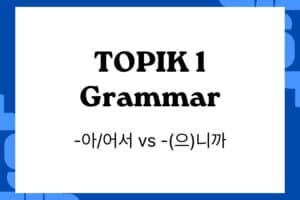
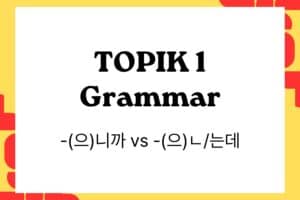
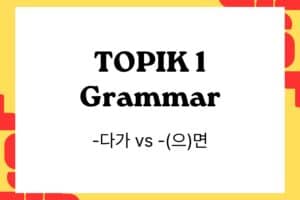
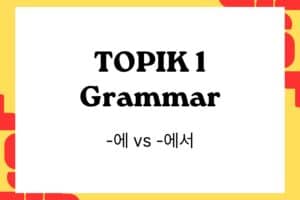
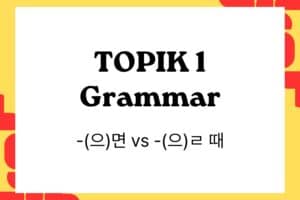
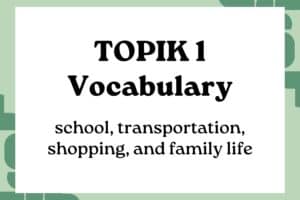
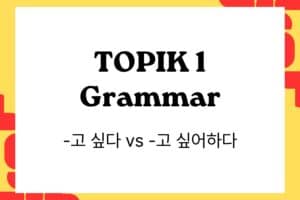
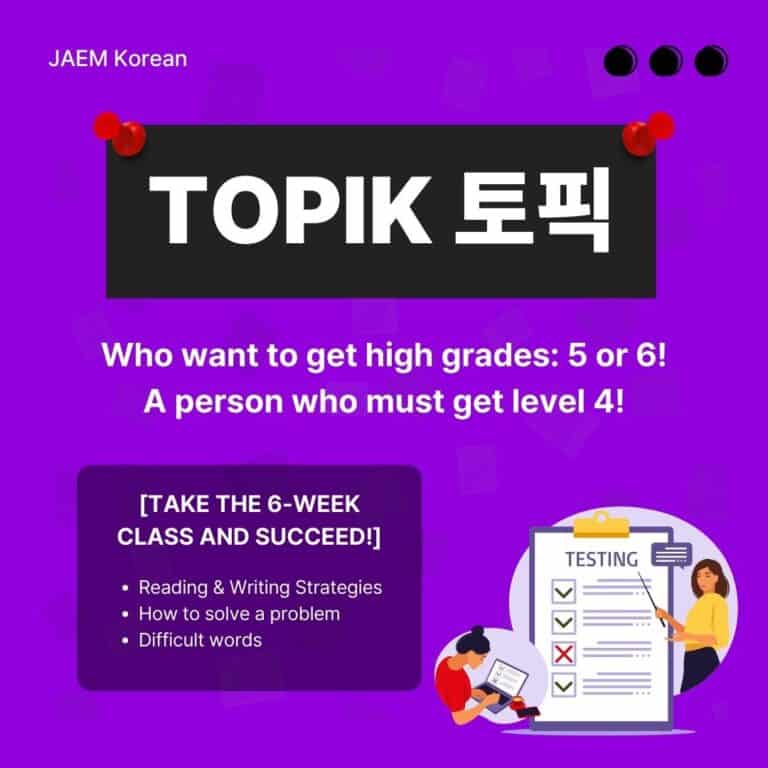
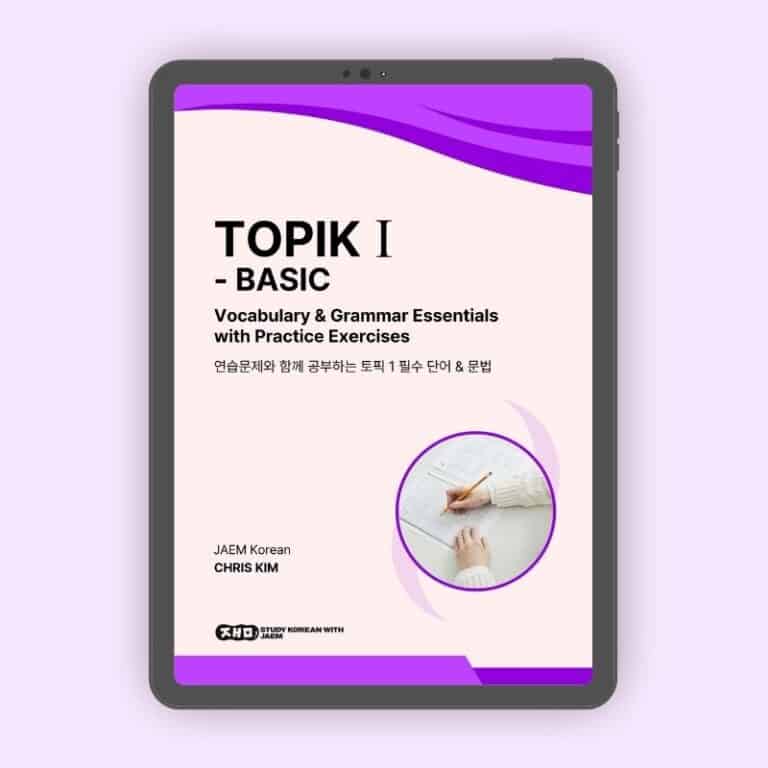
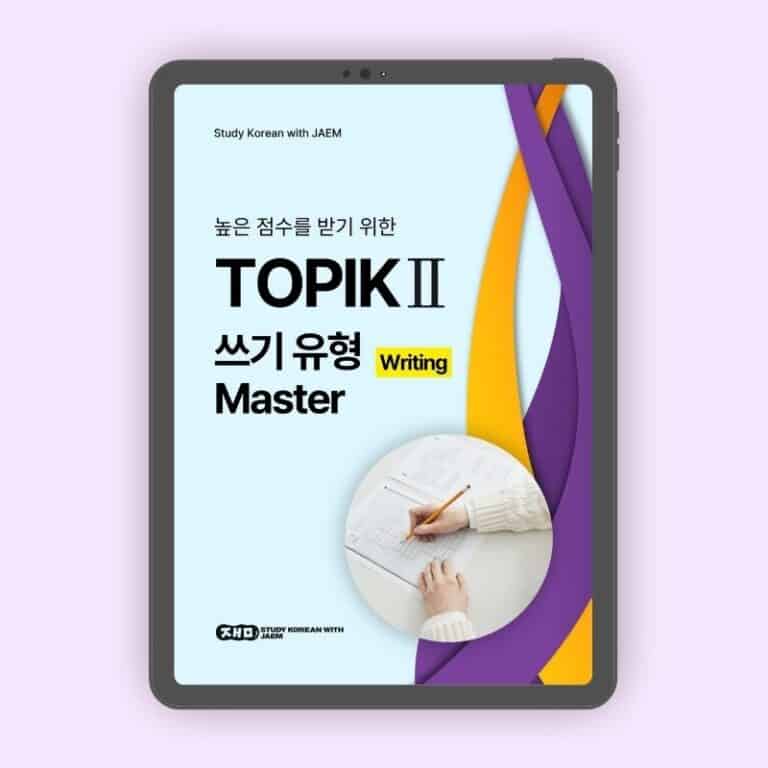
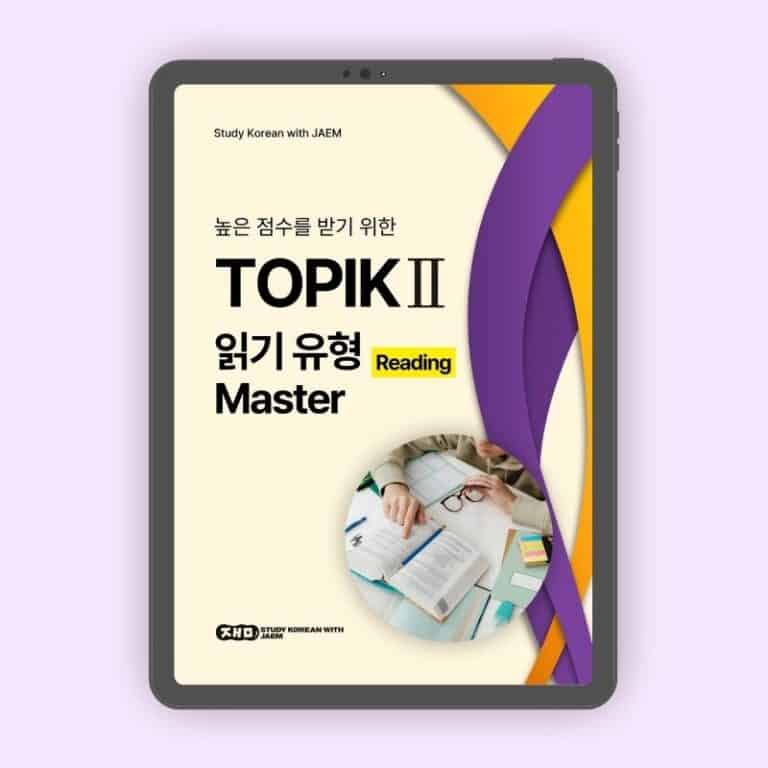

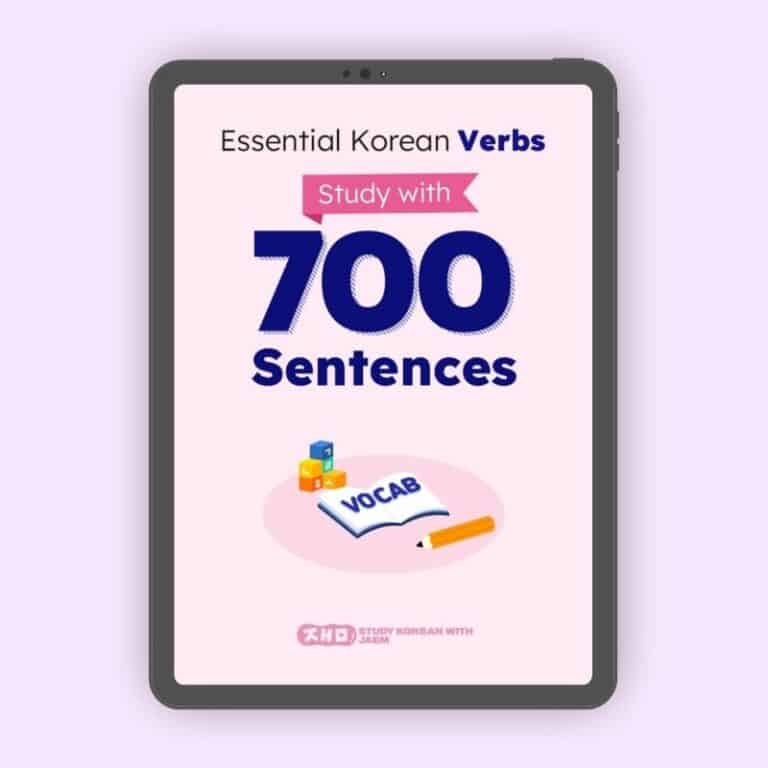
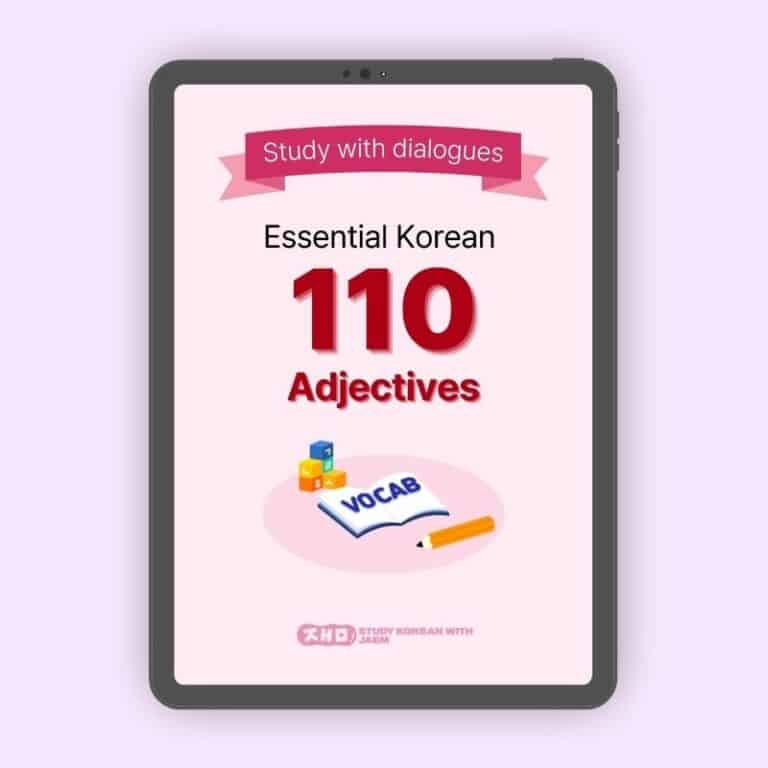
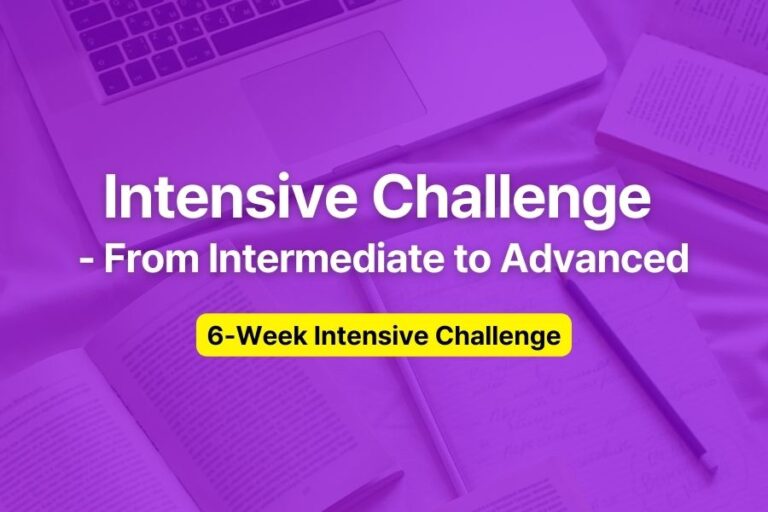
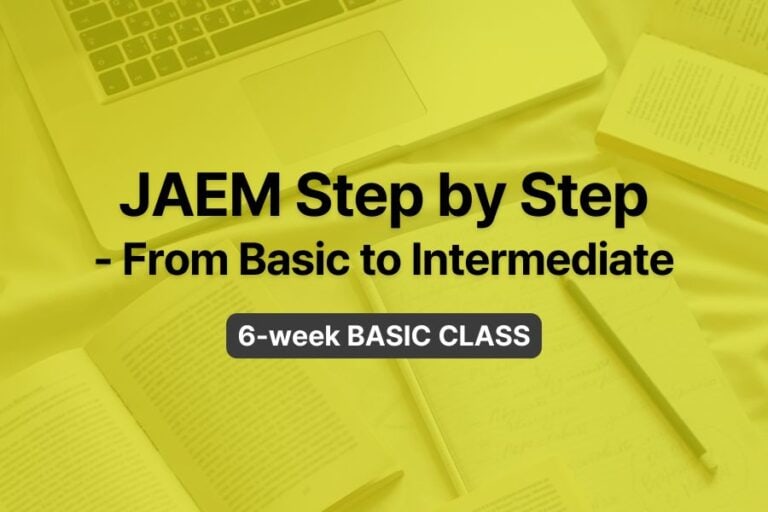
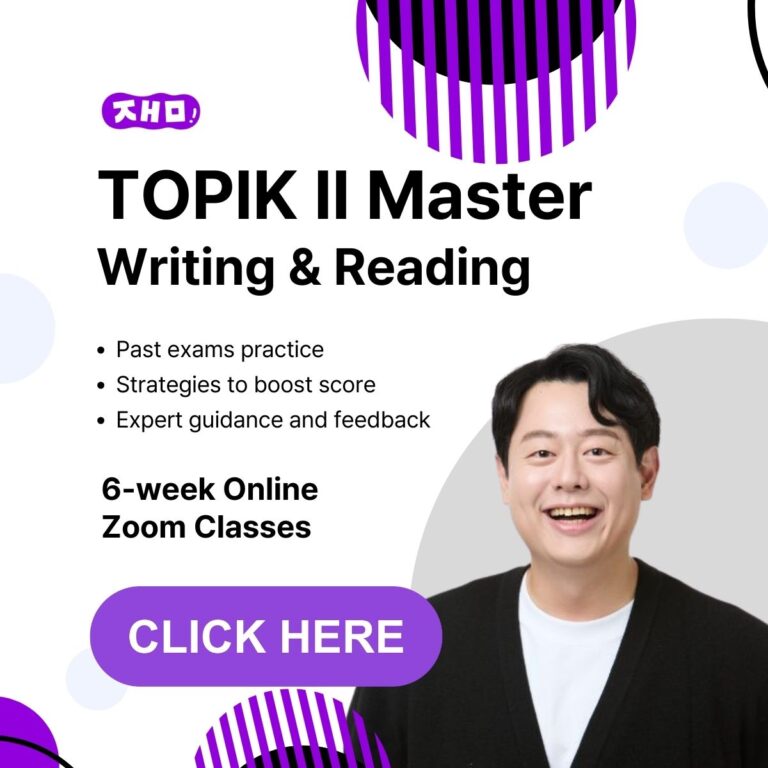
Responses